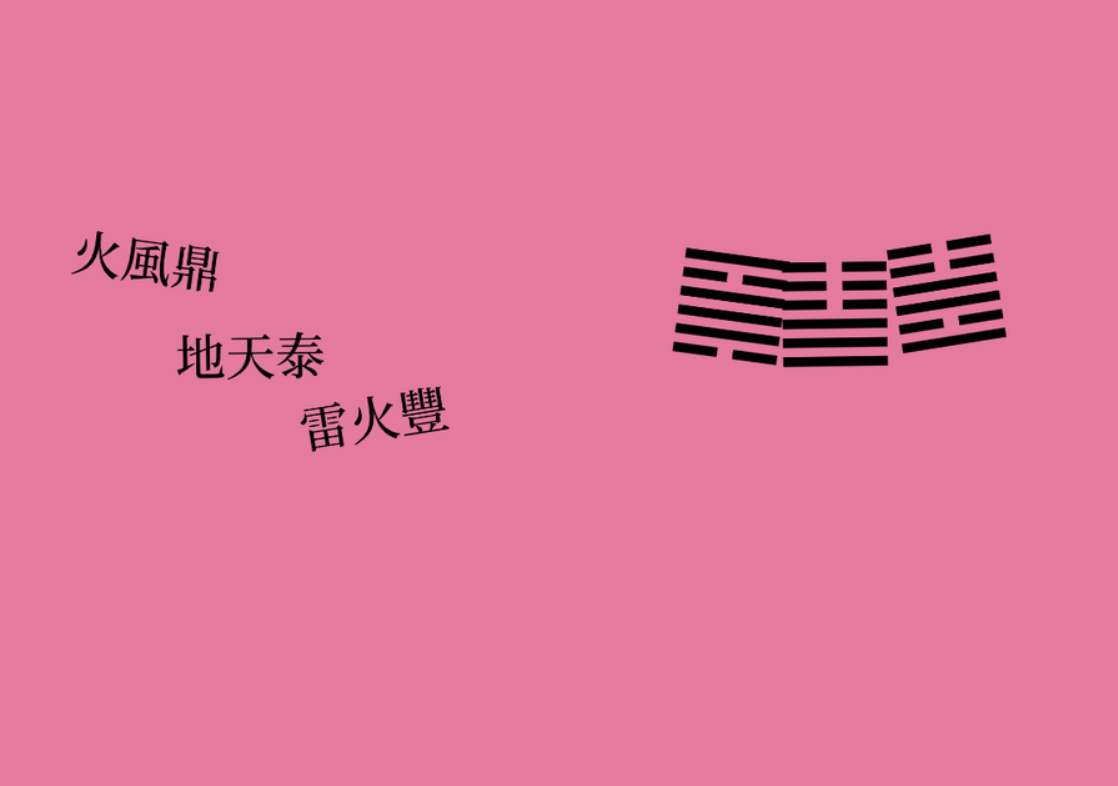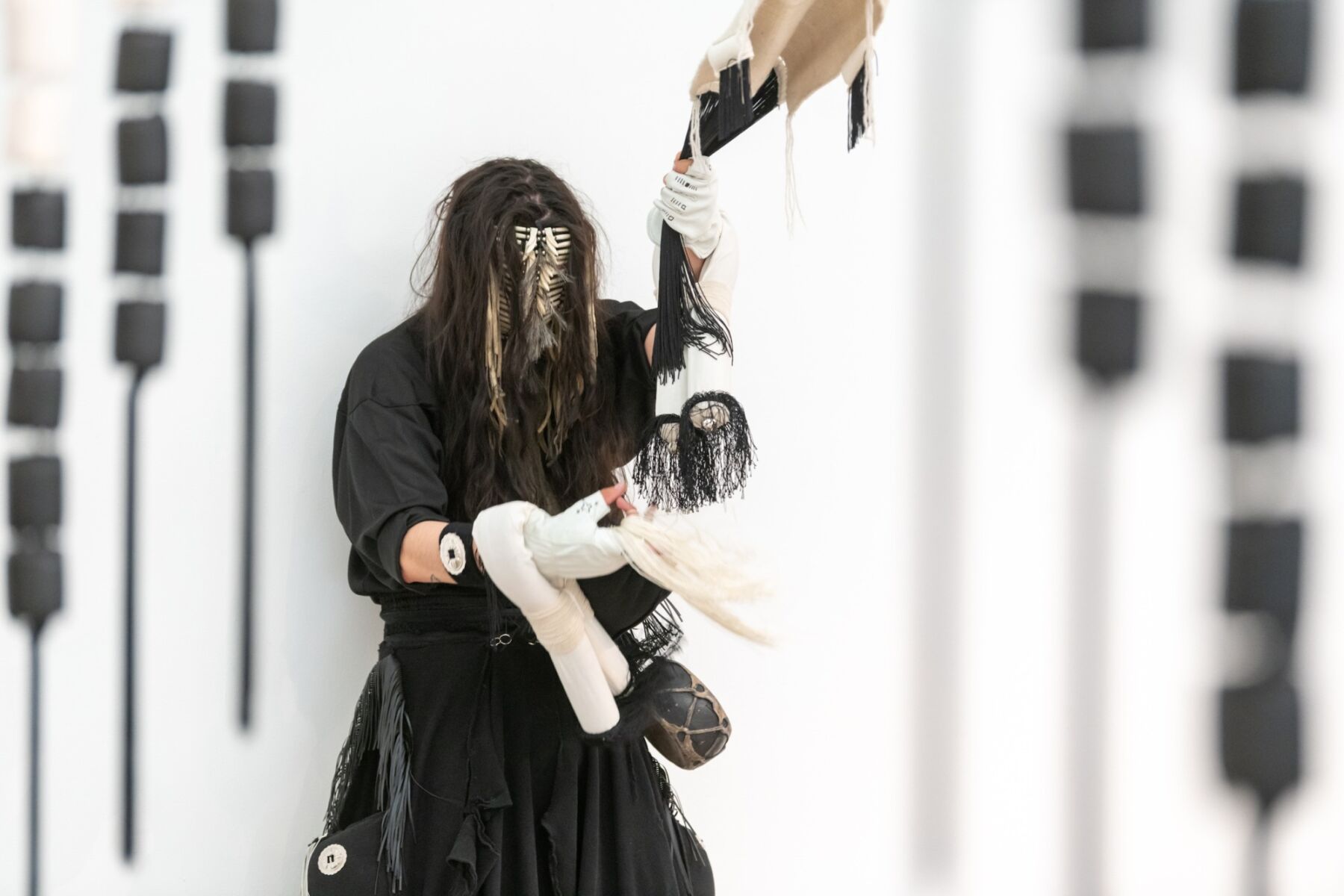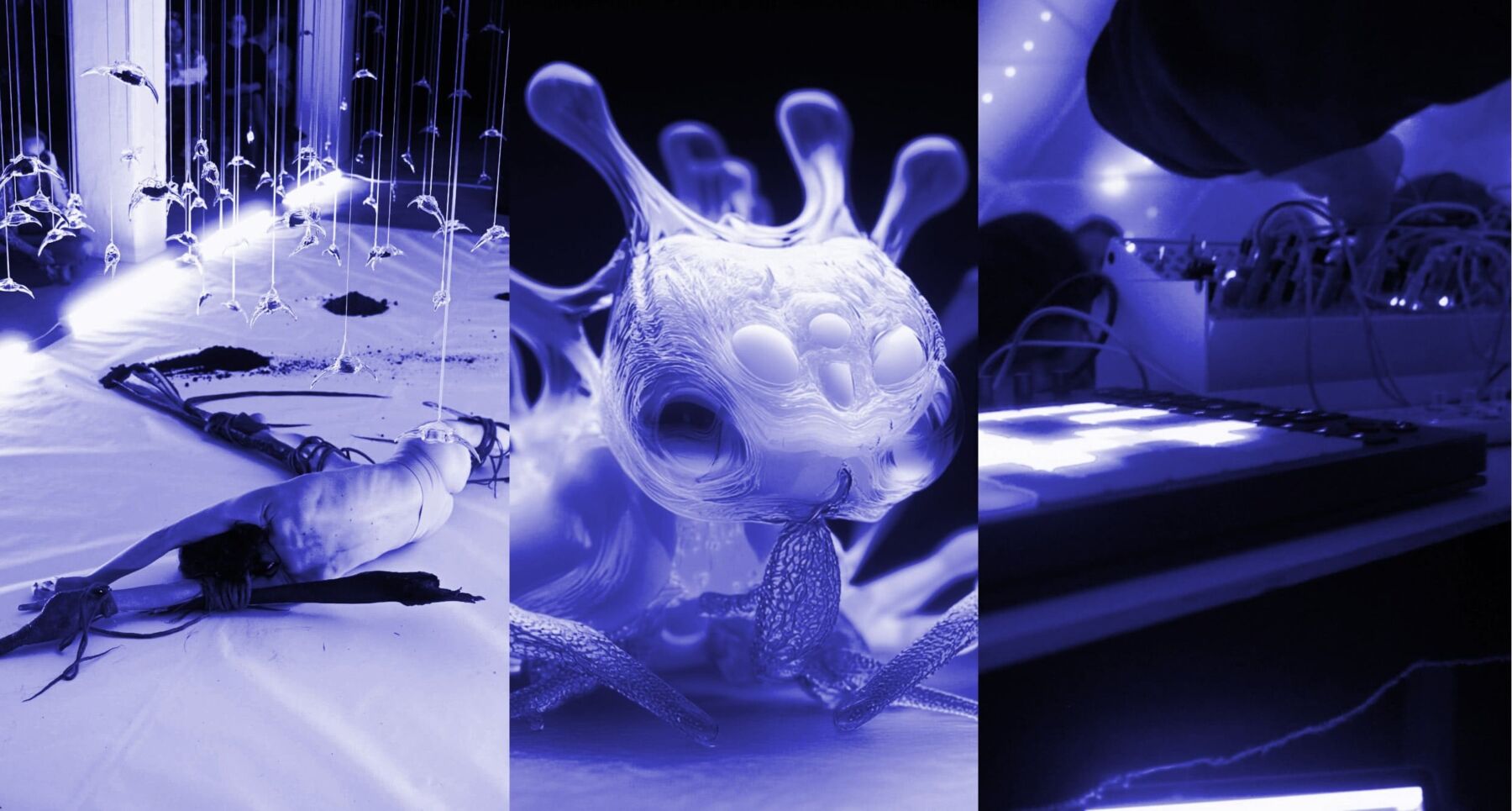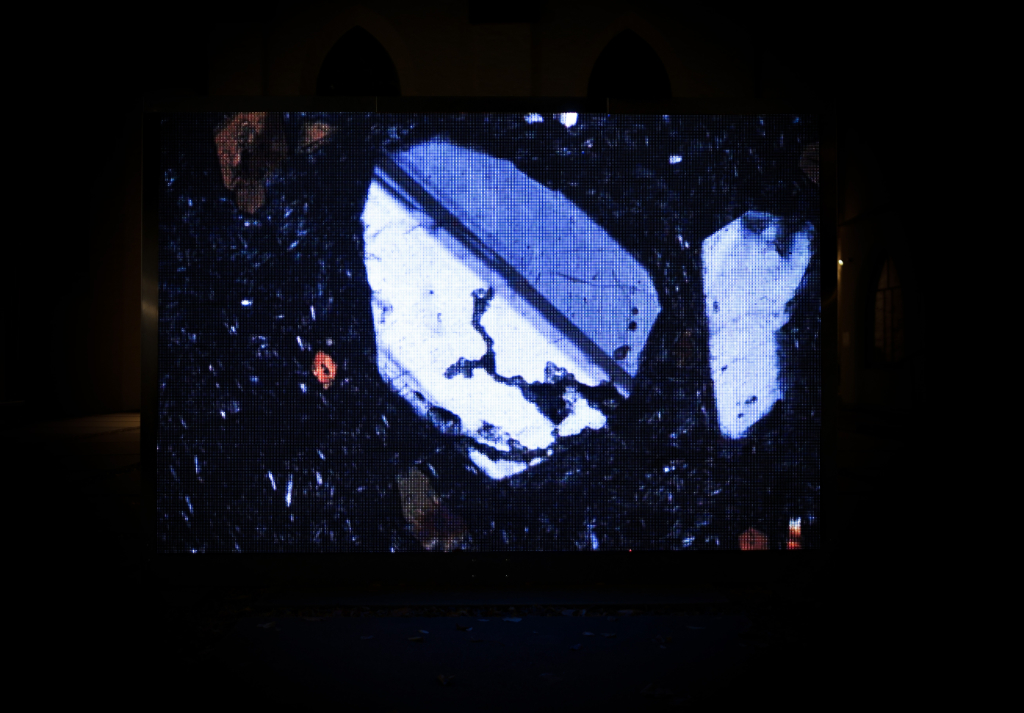Interview by Laura Cabiscol
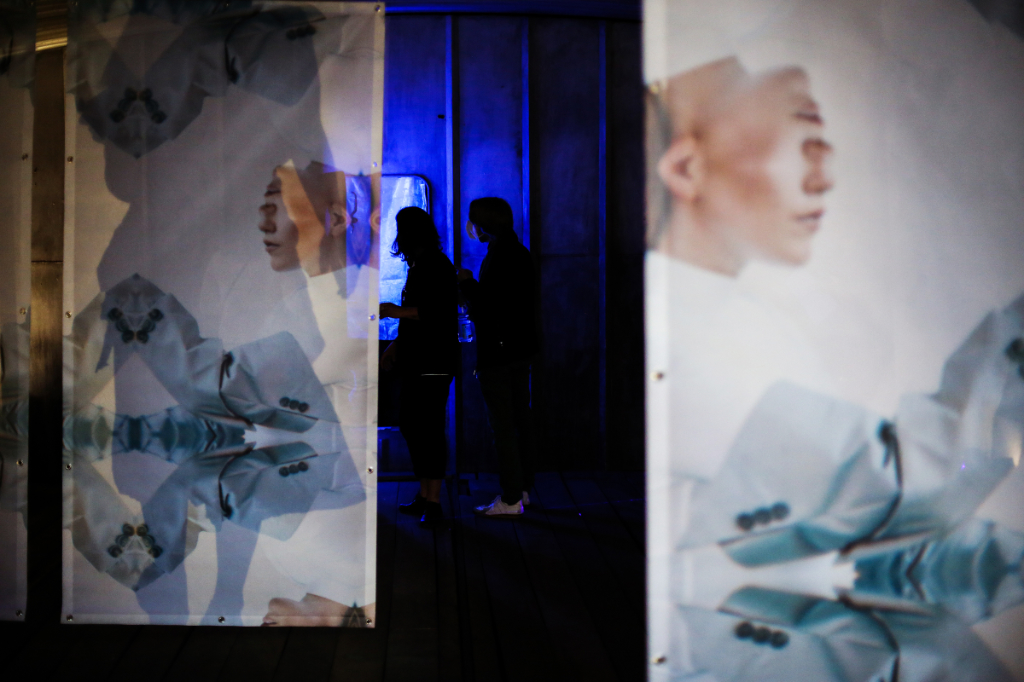
Borghildur Indriðadóttir is an Icelandic artist who taps into her experience in architecture, performance and acting methods to question our understanding of power and systematic structures and, most of all, the psychological structures we believe to be true. Formerly employed at Studio Olafur Eliasson, she has collaborated with a myriad of artists, directors and curators to conceive different works and curate and promote various shows through her exhibition platform Terminal X.
With her latest project, Artist on the Moon, she aims to fly to the Moon within the next few years and perform a contemporary dance piece that will be live-streamed back to Earth. Rejecting colonial visions in favour of the peaceful gesture, this project seeks to interrogate gender structures in art and science and ultimately question how humans understand our role within the solar system.
Firstly pinned on the collective imaginary by Jules Verne with his book From the Earth to the Moon, published in 1867, the idea of a trip to the moon hasn’t left it since. It’s 2021 now, 52 years since Neil Armstrong’s “small step for a man, a great step for humanity” that marked the first time for a human ever to set foot on our neighbour satellite.
Centuries before that, and still decades after, the moon had fascinated many of us and inspired much ancient wisdom. Generations of countrymen and women have looked up to the moon and observed its phases to regulate mundane activities like planting crops or deciding when it’s best to cut one’s hair. Sailors looked at her for understanding the governing of the tides. Endless night travellers would have been thankful for her light.
It’s an idea that also fascinates the artist; her latest iteration of Artist on the Moon is called SPACELAB – Into the Unknown. It creates a laboratory situation which invites a comprehensive scientific consideration of Borghildur Indriðadóttir’s project. Previous missions to the Moon saw national flags raised, centred in a competing duality between USSR and USA.
Now, the space travel conversation is centring around some of the richest men in the world and their egos: Bezos, Branson and Musk. With this work, the artist raises fundamental questions of systems of power and ownership interests. What claims are being made to unmanned territories? What hierarchies and systems emerge? How can women assert themselves within patriarchal structures?
When comes that last question, it’s a topic that Bornhildur has explored extensively in her work before. Demoncrazy, for example, presented photographs of topless women posing with a determined and strong attitude and staring directly at the camera next to paintings and statues of men in public spaces to challenge the traditionally middle-aged male image of power we’ve all grown up with.
Artist on the Moon is being developed alongside acknowledged institutions and scientists such as Bernard Foing, director of the International Lunar Exploration Working Group (ILEWG), EuroMoonMars, and former senior scientists at the European Space Agency (ESA).
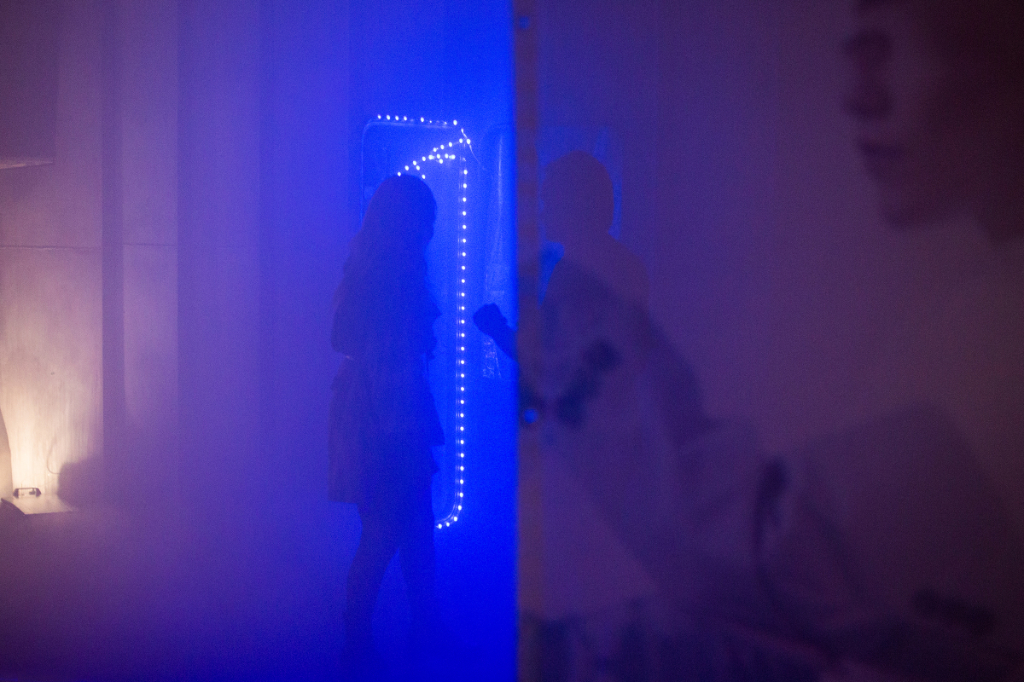
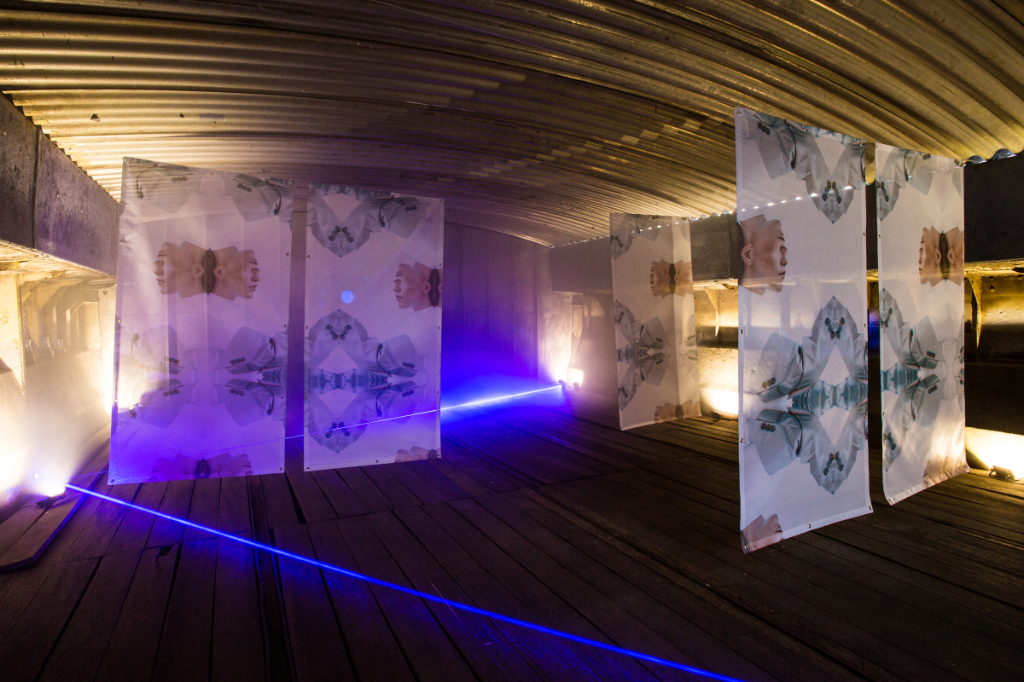
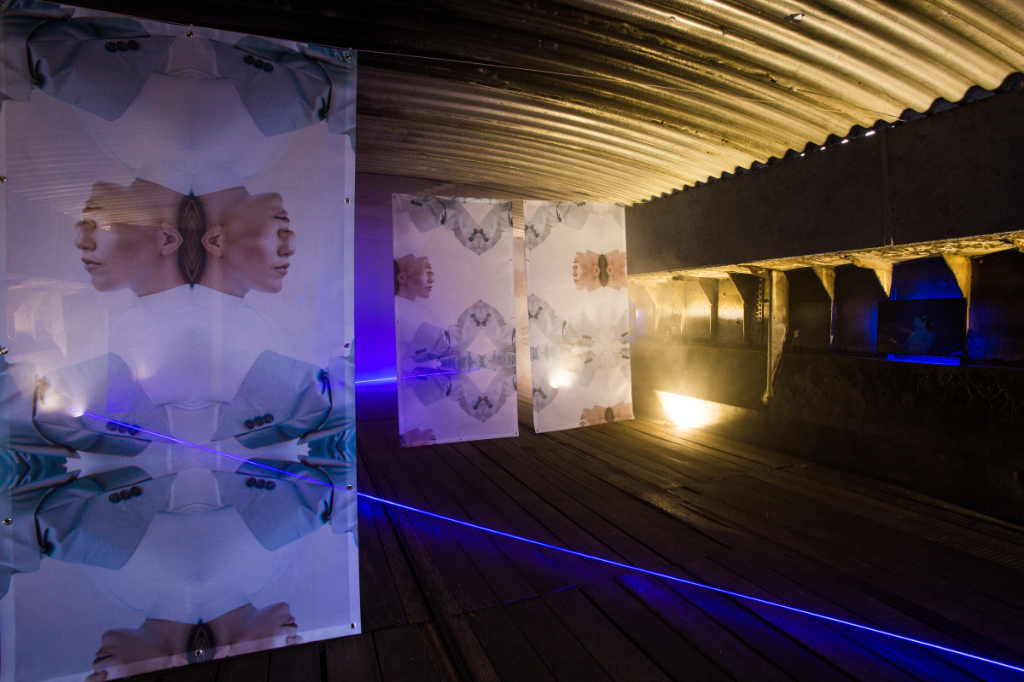
For those unfamiliar with your work, tell us a bit about your practice, background and inspirations.
I’ve been developing my practice and figuring out different ways to work on these projects, and I am really honoured to be taking part in a solo show (SPACELAB – Into the Unknown) and a group exhibition (Hot Mess) in Berlin this summer and the amazing response I’ve gotten for the development of my project Artist on the Moon. I’ve been exposed to the fascinating art world for a while now, having many friends and artists from the visual and audiovisual fields/professions.
My practice as a visual artist focusing on performance installation arts developed from my encounters with the theatre world and architectural mind. I’ve always been fascinated by how people can create these immersive visual and cultural experiences, spanning from great music festivals and light shows to art exhibitions that also ask questions and stimulate in so many ways that remind me of how connected we are.
I love Reykjavík, but bigger cities also inspire me; I have memories from walking around the streets of Paris, London, Amsterdam, and Berlin, and especially one time, I can’t remember where and when exactly when I was walking over bridges and visiting some fantastic art galleries when my brain just exploded with the excitement of what is possible.
These were art prints by artist Cindy Shermann who can transfer her identity and create these mysterious and absurd images using herself as the subject phenomenally. Some days I also feel inspired by the works of pop culture artists Andy Warhol & Roy Lichtenstein. And I can say that I feel inspired by punk icon and fashion artist Vivienne Westwood & singer-songwriter Patty Smith every day.
Inspiration, in general, sparks curiosity in me spiritually and dimensionally, especially when I see the work of these artists, the techniques and expression, just going with the flow. So I am thankful for and happy about these learnings and the opportunities to see the photographic masterpieces of, for example, Man Ray and the architectural structures of architect Zaha Hadid, whom I like to refer to as being “the queen of the curve”… Could go on and on.
How does your background in architecture intertwine with your current artistic practice? Which topics are you most interested in exploring with your work?
I am an architect and like to go to the Venice Biennial of Art and the Venice Biennial of Architecture. I develop and express my artworks through my findings of light and atmosphere, a dimension that I acquired largely through my studies in architecture. Architecture and visual arts are two very different subjects. I remember finding myself being tangled in between not knowing which to choose when I was finalising my portfolio to apply for art school a while back.
I only wanted to dismantle the patriarchal structures and create something beautiful and meaningful. For this, I knew I’d like to find out and better understand our society and the things that inspire us as human beings. As a creative person, I think there was no better way for me than merging architecture, performance art and multimedia art. This comes naturally to me, and to be honest, the architecture studies were tough, and I had many sleepless nights and sometimes out-of-control complexes.
But as a result, I have acquired this interdisciplinary method that I work with and is, for example, very visible in my work Demoncrazy which has an emphasis on the human layer of cities merged with the form and vectors in space and is also what is partly feeding my current project Artist on the Moon.
What are some of the learnings (or new questions that arose) from making your project Demoncrazy?
Demoncrazy – Drosophila was a performance exhibition launched at the Reykjavík Arts Festival a few years ago. On my visit through a few institutions, mostly educational and political spaces, I was glanced at by decades of male leaders representing patriarchy and male domination of our structures. I didn’t like it. So I made Demoncrazy with this in mind, having the whole work pointing at the meaning of those paintings.
The same images are also compelling, poetic and nicely crafted. I feel more comfortable walking through the same spaces after the performance and my inner discourse with them, so I guess it was like a ritual. In my application to the festival, I remember that a demon has to be cleaned out, so Demoncrazy is an active gesture for me.
The obvious and hidden layers of the paintings and statues were all revealed by my choreography. I experimented with bridging performance – scientific elements – choreography – multimedia, and sound in this project. I learned that it’s fun and works well when there is a straightforward concept with many possibilities and the right attitude.
Tell us a bit about your most ambitious project to date, Artist on the Moon. How does it come about, and what message do you hope to convey with it?
The project began in 2018 when I connected to scientist Prof Foing, who discovered my art at an exhibition in Reykjavík called ‘Earth homing’. This led to research alongside acknowledged institutions and scientists like the International Lunar Exploration Working Group, EuroMoonMars and various international research groups around the globe. I’ve immersed myself even more into the scientific discourse of space travel, emphasising applying my findings to art / the art world.
Be part of my journey and discover the galaxy! Artist on the Moon is a voyage to outer space, where I hope to reach my point and return the missing rock to the beautiful & mysterious Moon. As Artist on the Moon, numbers and their mysteries inspire me, how things grow and how science and art influence our perspectives. Depending on the artistic state that I am in, I express the project differently, resulting in artworks using various media and materials.
Artist on the Moon has the innermost desire to travel this way, to perform a peaceful gesture that I call ‘A Performance For The Stars’. This suggestive pose with the missing rock close to the heart is a message amplifying restitution, giving back and honouring our galaxy and the place we take within.
SPACELAB – Into the Unknown is an exhibition at Hosek Contemporary where visitors will be immersed in a lab-like setting. What will the installation explore in relation to Artist on the Moon?
We are located on a boat, a rusty gallery where the installation is; the images are screen-like and vivid, some towards pixels and some towards fractals. I explore two motives and work within SPACELAB – Into the Unknown, and the installation has also sculptured that we are familiar with, especially now. The boat is perhaps like a spaceship taking off to sail into the air and the unknown.
You couldn’t live without…
The hidden people, my friends and the scones from Greens.
What is the chief enemy of creativity?
Creativity always exists; there is no enemy to it.


